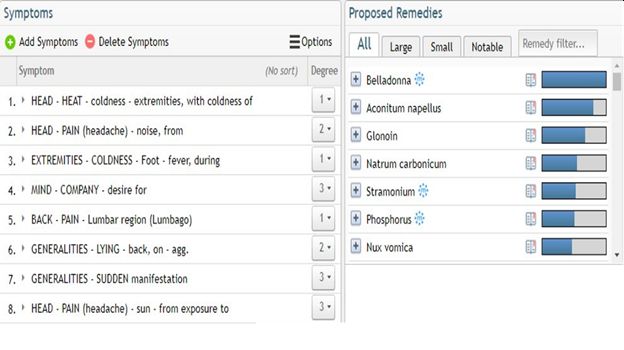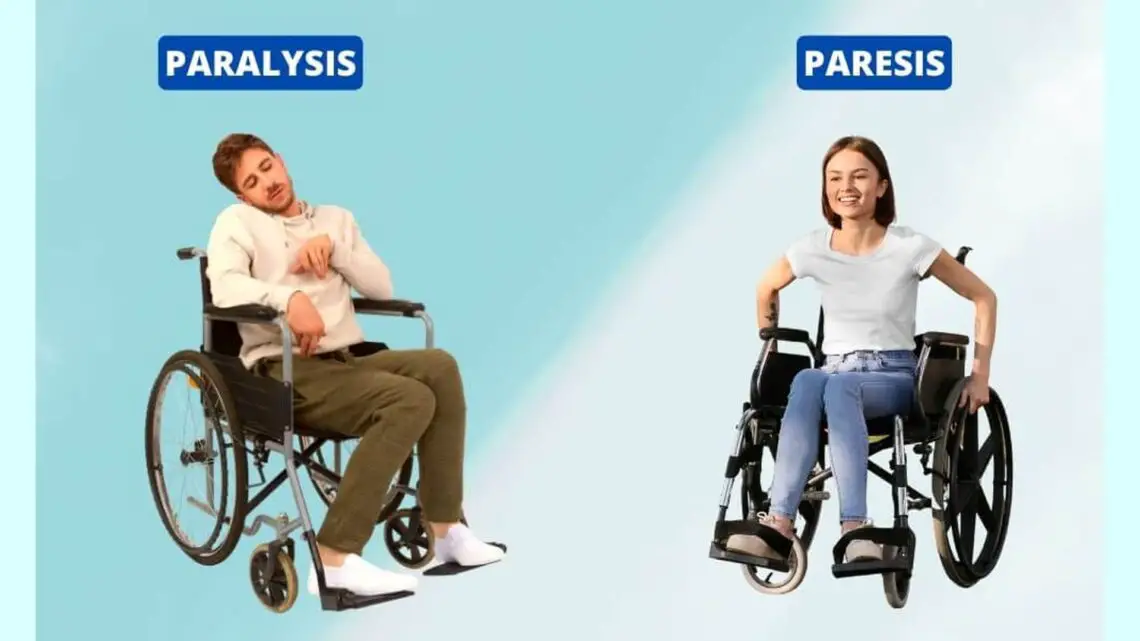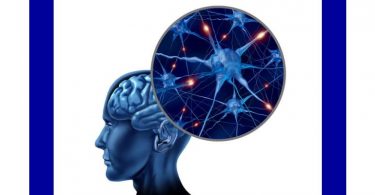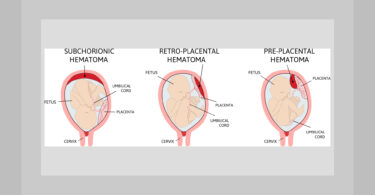INTRODUCTION:
Dengue is an arboviral infection caused by the infection of the strain of virus DENV 1-4, resulting in various pathological manifestations in varying severity, ranging from mild asymptomatic dengue fever (DF) to severe dengue hemorrhagic fever (DHF) and fatal dengue shock syndrome (DSS)1,2. Neurological manifestations though rare, have been recorded in medical literature.
Although dengue virus is considered as non-neurotropic, the neuropathogenesis is due to damage of the blood brain barrier by the infection which provides opportunity for the virus to directly invade the CNS. With the lack of effective antiviral drugs to treat the infection, supportive therapy focuses on managing hematological abnormalities, fluid replacement therapies and blood transfusion.3
Reported below is a case of Dengue complicated with temporal neurological manifestations. The patient received individualized classical homeopathic treatment and made a complete recovery from the serious acute disease.
CASE PRESENTATION:
At 5 pm on 5th October 2019, through a telephonic consultation, the father of a 25-year-old man called to complain that his son had severe headache and weakness in both lower extremities due to overheating from working under the sun.
He fell to the floor and had been lying there since half an hour. He was crying loudly but did not give reason for the same on questioning. Eventually the patient stopped crying but complained that he couldn’t breathe. There seemed to be paralysis that was ascending, so he was advised to rush to the hospital.
Five family members had to carry him to the car as he could not walk. Upon local examination at the hospital, it was concluded that the patient could not walk and had lost the sensation in his legs.
Laboratory findings dated 5th October 2019 confirmed the presence of Dengue NS1 antibodies in his blood, Total white blood cell (WBC) count was 6,840 u/L and platelet count was 1,72,000/cumm.
At 8:30pm, he developed a fever of 103.1°F (39.5°C) and had the following symptoms:
Hot head with cold extremities +++
Headache; <Noise++
Cannot open eyes due to headache
Chilly +++ with cold sensation in the feet
Desire for company +++
Lumbago <lying on back ++

On repertorising the presenting symptomatology, the homeopathic remedy Belladonna was indicated.
The analysis was that the fever developed suddenly and as a result of working in the sun, with hot head and cold extremities. He also had severe headache <noise, all pointing to Belladonna
Initial prescription: Belladonna 1M
FOLLOW UP:
| DATE | SYMPTOMS | PRESCRIPTION/ RATIONALE |
| 6th October 2019;
12h after initial prescription. |
– Fever has reduced to 99°F (37.2°C)
– Headaches much better – Patient can now walk with support. |
nil |
| 6th October 2019;
24h after initial prescription. |
– Fever rose to 102.4°F (39.1°C)
– Pulse rate: 86 beats/m; disproportionate. – Wants to be quiet+++ – Chilly+++ – Thirstless +++ – Moaning + – Heaviness in the head ++ – Irritability from noise+ – Lumbago <lying on back |
Rx: Pyrogenum 200, 3 doses.
There is relapse of fever and fall in energy, but keynotes of Belladonna have disappeared. This means next remedy must be found [Pyrogenum was prescribed on the keynote of disproportionate temperature and pulse] |
| 7th October 2019 | Total WBC count: 3,330/uL
Platelet count 1,21,000/cumm – Fever reduced. – Patient felt generally better. |
nil |
| 9th October 2019 | Total WBC count: 2740/uL
Platelet count: 88000/cumm – Fever started increasing since the night of 8th October. Current temperature: 103.7°F (39.8°C). – Pulse rate: 90 beats/m; disproportionate. – Chilly+++ with body ache. – Dull+++. Tired +++ – 4-5 episodes of offensive loose stools. |
Rx: Baptisia 200; 3 doses, each in a gap of 5h.
Baptisia is the other remedy with disproportionate temperature and pulse with offensive stools and indicated in the later stages of severe inflammatory processes, as was happening here. Moreover, Pyrogenum, as Kent says is more indicated in very high temperatures compared to Baptisia |
| 10th October 2019 | – After 3 doses of Baptisia, the fever gradually reduced to 95.7°F (35.3°C)
– Pulse rate: 70beats/m – Energy better – Appetite better. – The patient is able to walk on his own. – No further fever episodes. |
Nil |
OUTCOME:
| 11th October 2019 | Total WBC count: 4,110/uL
Platelet count: 73,000/cumm |
[NORMAL RANGE] |
| 14th October 2019 | Total WBC count: 3,420/uL
Platelet count: 1,31,000/cumm |
Total WBC count: (4000 – 10000)
Platelet: (150000 – 450000) |
| 19th October 2019 | Total WBC count: 5,380/uL
Platelet count: 2,48,000/cumm |
DISCUSSION
Thrombocytopenia in dengue is caused by the viral induction of bone marrow hypoplasia by affecting the bone marrow progenitor cells and the peripheral destruction of platelets. A transient suppression of haematopoeisis occurs on the day 3 or 4 of infection as a protective mechanism to limit the injury to marrow stem cells during the further eradication of infected cells.
Leucopenia starts on day-2 of infection, reaching the minimum on day-5, and gradually increases until recovery.4,5 This should not be taken into consideration for prescription unless the leucopenia and thrombocytopenia are severe and threatening life.
The neurological complications of dengue infection include central nervous manifestations (such as encephalopathy, encephalitis, meningitis, stroke, cerebellar syndrome, transverse myelitis and acute disseminated encephalomyelitis), and peripheral nervous manifestations (such as dengue-associated myositis and dengue-associated hypokalemic paralysis), and ophthalmic complications.
In this case, with the presentation of progressive ascending paralysis, the complication is likely to belong to peripheral neurological manifestation rather a central3, probably hypokalemic paralysis. Considering that the patient was working too long in the hot sun also indicates hypokalemia.6
In some acute diseases, one remedy is sufficient to cure the patient. But in severe acute diseases, more than one remedy in the correct sequence is necessary to cure. In the presented dengue case, Pyrogenum 200C was a similar remedy (close remedy which showed short amelioration and then relapse). But Belladonna was the first correct remedy that initiated the curative process completed by Baptisia.
The interpretation as per Vithoulkas’ observation no 11. indicates that we are treating a difficult case.7
CONCLUSION:
A severe and difficult case of dengue complicated with temporal neurological manifestations was successfully treated with Individualized classical homeopathic therapy and the patient made a complete recovery with respect to the presented fever, hematological reports and the paralysis that ascended from his lower extremities. This case shows the efficacy of individualized homeopathic therapy to cure severe acute diseases.
BIBLIOGRAPHY:
- MG G, E H. Dengue. Lancet (London, England). 2015;385(9966):453-465. doi:10.1016/S0140-6736(14)60572-9
- Dalugama C, Shelton J, Ekanayake M, Gawarammana IB. Dengue fever complicated with Guillain-Barré syndrome: a case report and review of the literature. J Med Case Rep. 2018;12(1). doi:10.1186/S13256-018-1626-Y
- Li G-H, Ning Z-J, Liu Y-M, Li X-H. Neurological Manifestations of Dengue Infection. Front Cell Infect Microbiol. 2017;7(OCT):449. doi:10.3389/FCIMB.2017.00449
- Rao AA, U RR, Gosavi S, Menon S. Dengue Fever: Prognostic Insights From a Complete Blood Count. Cureus. 2020;12(11). doi:10.7759/CUREUS.11594
- Chaloemwong J, Tantiworawit A, Rattanathammethee T, et al. Useful clinical features and hematological parameters for the diagnosis of dengue infection in patients with acute febrile illness: a retrospective study. BMC Hematol. 2018;18(1). doi:10.1186/S12878-018-0116-1
- https://www.medscape.com/answers/166320-61844/what-is-the-role-of-potassium-measurement-in-the-workup-of-heat-stroke
- Vithoulkas G. The Science of Homeopathy. 7th editio. international Academy Of Classical Homeopathy; 2014. https://www.vithoulkas.com/learning-tools/books-gv/science-homeopathy.







Very good case, thank you for sharing!! With severe conditions, sometimes it is difficult to keep one’s head and follow the proper rules, but your case shows that following the rules is so important and the best way forward!
Excellent result using homeopathic remedies, congratulations! You are a model to follow, dear dr Atul Jaggi!